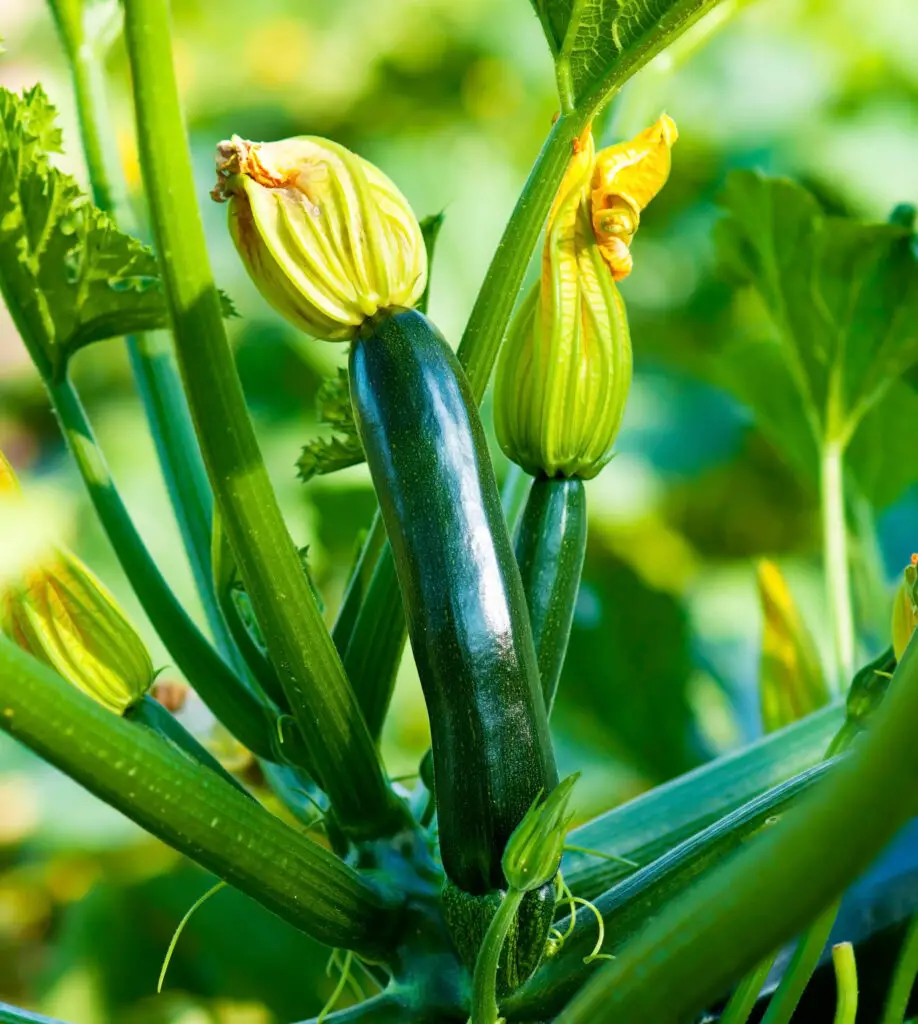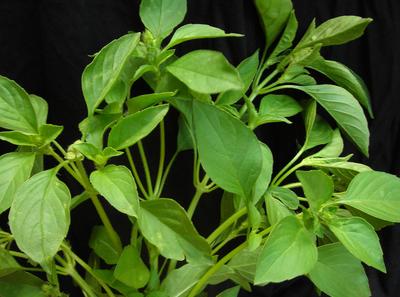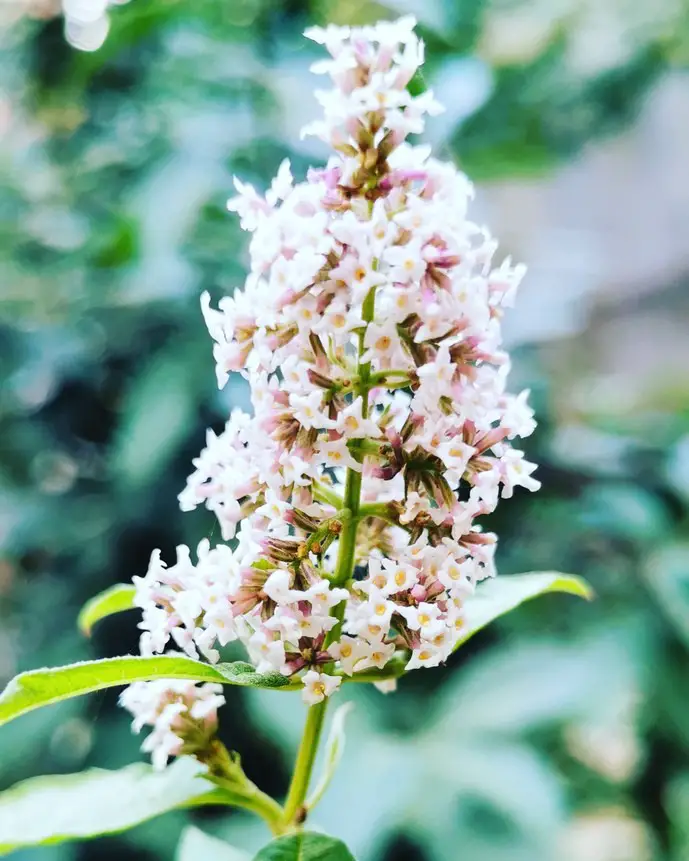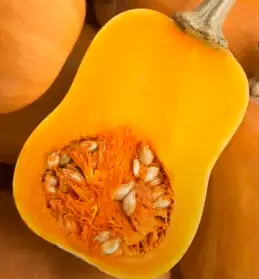Isn’t it just the worst feeling ever when your life suddenly gets busy and you forget to take care of some of your plants? And then when you look at them you find them on the verge of being thrown away?
Well, in this household, we don’t give up on any of our plants. Today I want to share with you how I saved my Jasmine plant and brought it back from the dead!
Jasmine is a low-maintenance plant. It is very easy to take care of. But, bringing it back to life is not an easy task. Firstly, you need to spot what damaged your Jasmine plant because there are many factors that could lead the plant to fail.
Jasmine Plant Problems and Their Solution
If your Jasmine looks wilted and its leaves are falling with no signs of insects, pests, or fungal diseases, then the following might be the problem.
1. Soil
If you notice some leaves are turning yellow and the flowers are falling, then it might be a problem with nutrition. Jasmine plant requires nutrients with high levels of potassium and phosphorus. Try to implement that into its diet.
You can also check if the soil is too saturated and pressed, the water and oxygen will not be able to go through to the roots. If you have the plant in a pot, use a fork or anything with small spikes to flip the soil. Avoid going too deep so you don’t touch the roots.
2. Water
As the water makes everything alive, it can also kill. If you notice the leaves begin to wilt and turn yellow, no blooming, and the growing process is slow, then your plant is experiencing root rot caused by excessive watering.
The roots of the plant also need to breathe. Too much water will choke the plant and kills it eventually. Be careful about how much you water any plants you got in general.
If you want to confirm the rot, remove the plant from the pot, and take off all the soil. Healthy roots should be white and firm. If you found that the roots are black, soggy, and mushy, then your plant is dying slowly.
If you leave it be, the plant will die within 10 days max. However, if you want to revive it, cut off those soggy black roots and clean them gently with water.
Throw away the previously used soil and replace it with a new one. You will start to notice improvement within 10 days.
To prevent root rot
This serious issue can be avoided by providing a good draining system. Your pot needs to always have a draining hole in the bottom.
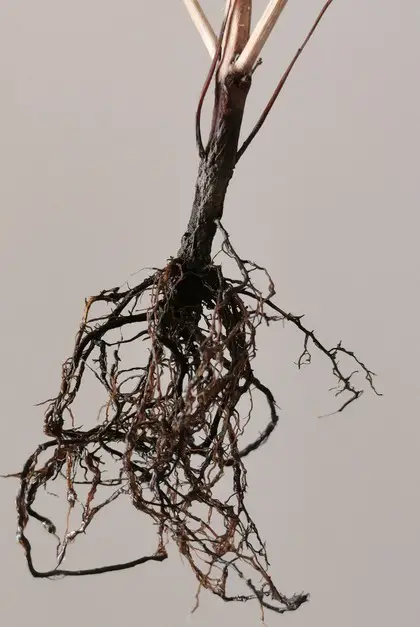
Another way to prevent root rot As I previously mentioned, Jasmine is a low-maintenance plant. Outdoor Jasmines don’t need watering in winter unless you noticed that the soil is really dry.
During warm weather watering it once or twice a week can be enough. Or you can check on it and see if the top inch of the soil is dry, and water it.
The plant would also die from drought. Not watering the jasmine plant is as dangerous. The foliage of the plant wilt but keeps its color.
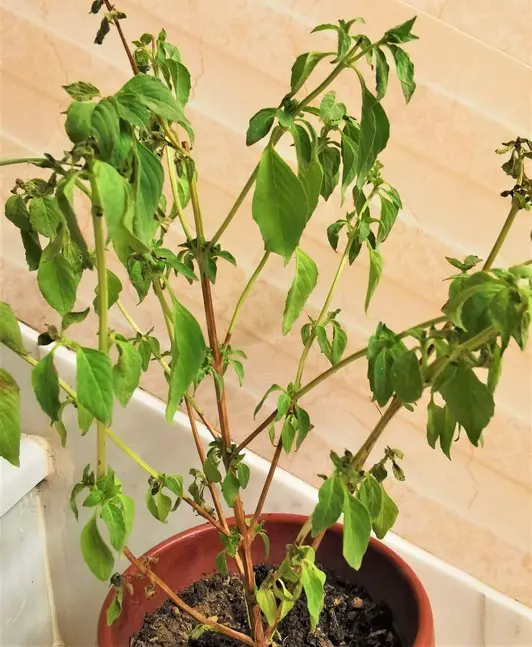

I don’t have an example picture of the Jasmine plant, but it is the same concept. The leaves lose their solid texture and the green remains.
However, if more days pass by and you don’t water your plant, the leaves will start to look paler. Following a proper watering schedule will save your plant.
| TIP |
|---|
| – For a better draining system, choose any large container or a pot of your choice with holes at the bottom. Before putting the soil inside directly, place a few rocks first. The rocks will allow the access water to drain easily and rapidly and |
3. Air Circulation
Just like any other living thing on earth, plants’ roots need to breathe fresh air. If your Jasmine plant doesn’t get enough air, it would cause it to stress and dies slowly. You can tell that it needs air when its leaves turn yellow or brown. The leaves would also have a thin texture.
This issue happens only to indoor plants. To resolve this problem, keep air circulating in the room at all times by opening the windows, or a fan to change the air.
4. Light
If you notice that your plant is growing upwards stretching its stems while looking fragile, and the color is not pigmented green, then it might be not getting enough light. Insufficient light will make the plant look weak.
You might even find your plant leaning towards the light and not growing straight. This is called Etiolation.
The solution to this problem is simple. Provide enough light by placing your plant in an area where the sunlight can reach. This is process is called De-etiolation.
5. Temperature
The wrong temperature affects transpiration, respiration, germination, flowering, and most importantly the photosynthesis process. The perfect temperature for a Jasmine plant is between 60-80 degrees Fahrenheit (15-26 degrees Celsius.)
Though Jasmine can support hot weather, it wouldn’t progress as much as when put in perfect temperature conditions.
86-95 degrees Fahrenheit (30-35 degrees Celsius) would not kill the plant but it can cause withering. Any cold weather can lead to high levels of stress which would eventually weaken the plant and cause different fungal plant diseases.
Indoor jasmines will not survive cold weather below 40 degrees Fahrenheit (4 degrees Celsius)
You can tell that your Jasmine plant is facing temperature problems by looking wilted and either dry or too moist. To save it from this issue, make sure to provide the previously mentioned best temperatures for your plant.
Note
| – You have to be patient and give your plant time, the healing process can take up to 20 days to show progressed results. – Use mulch on the soil to protect the plant from cold and hot weather. |

